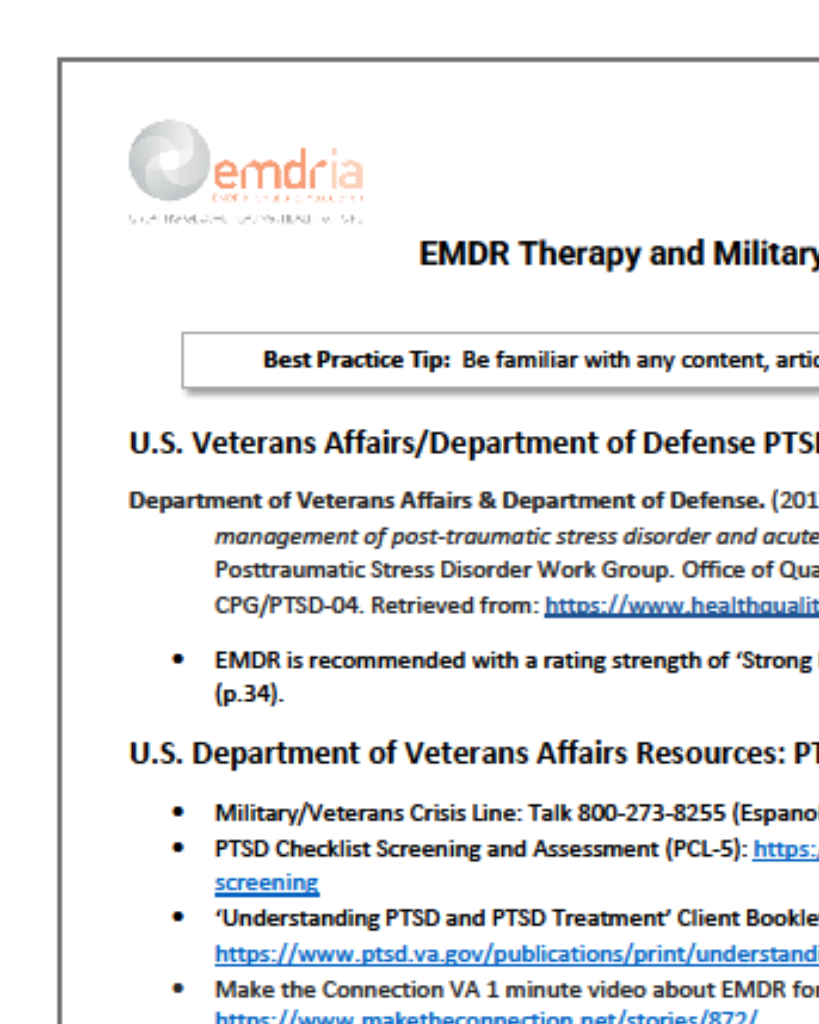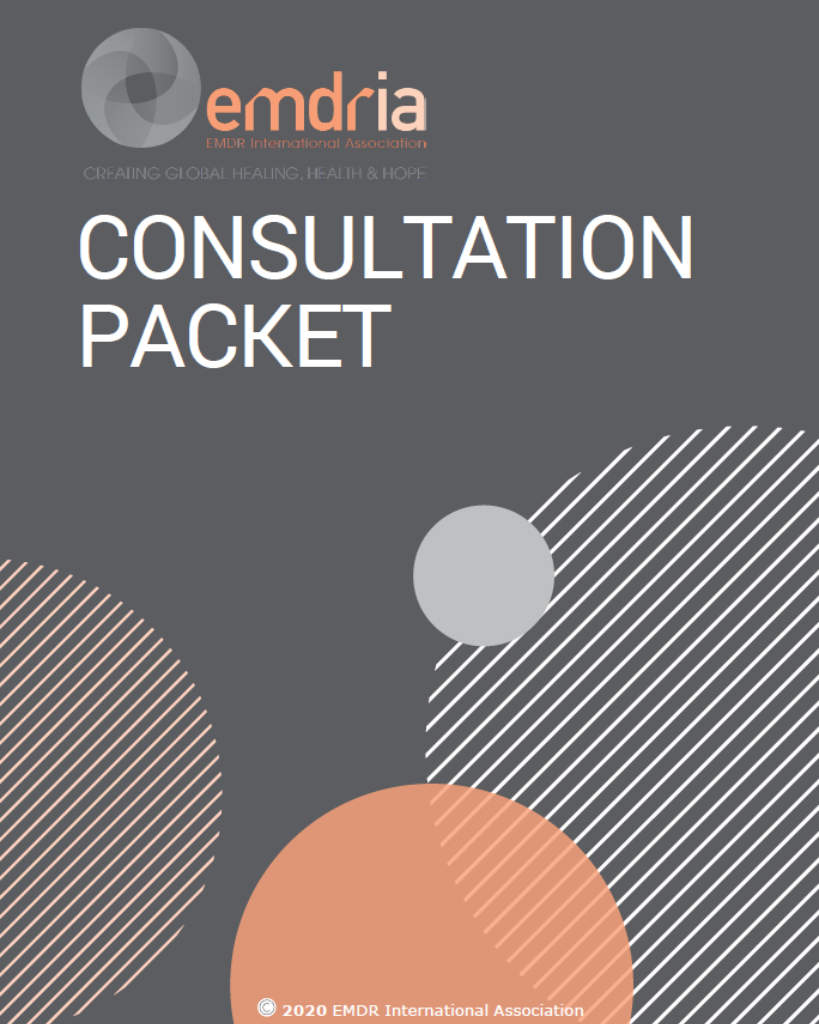Treatment of grief and mourning through EMDR: Conceptual considerations and clinical guidelines
Death of a loved one can be very distressing. EMDR can help facilitate the assimilation of loss and movement through the mourning processes.
Article Abstract
“Introduction: Eye Movement Desensitization and Reprocessing (EMDR) is an empirically-supported psychotherapeutic approach for treating trauma, which is also applicable to a wide range of other experientially-based clinical complaints. It is particularly useful in treating grief and mourning.
Literature findings: EMDR is guided by the Adaptive Information Processing Model (AIP), which conceptualizes the effects of traumatic experiences in terms of dysfunctional memory networks in a physiologically-based information processing system. Numerous empirical studies have demonstrated EMDR’s efficacy.
Discussion: The death of a loved one can be very distressing, with memories and experiences associated with the loss becoming dysfunctionally stored and preventing access to adaptive information, including positive memories of the deceased. EMDR can be utilized to integrate these distressing experiences and facilitate the assimilation and accommodation of the loss and movement through the mourning processes.
Conclusion: Applying the eight phases of EMDR to grief and mourning can yield potent clinical results in the aftermath of loss.”
—Description from publisher
Article Access
Purchase/Subscription Required
Solomon, R. M., and Rando, T. (2012). Treatment of grief and mourning through EMDR: Conceptual considerations and clinical guidelines. European Review of Applied Psychology, 63(4), 231-239. https://doi.org/10.1016/j.erap.2012.09.002
Date
October 1, 2012
Creator(s)
R.M. Solomon, T.A. Rando
Topics
Grief
Publisher
Elsevier
Rights
Copyright © 2012 Elsevier Masson SAS. All rights reserved.
APA Citation
Solomon, R. M., and Rando, T. (2012). Treatment of grief and mourning through EMDR: Conceptual considerations and clinical guidelines. European Review of Applied Psychology, 63(4), 231-239. Open access: https://doi.org/10.1016/j.erap.2012.09.002
Audience
EMDR Therapists, Other Mental Health Professionals
Language
English
Content Type
Article, Peer-Reviewed
Access Type
External Resource





